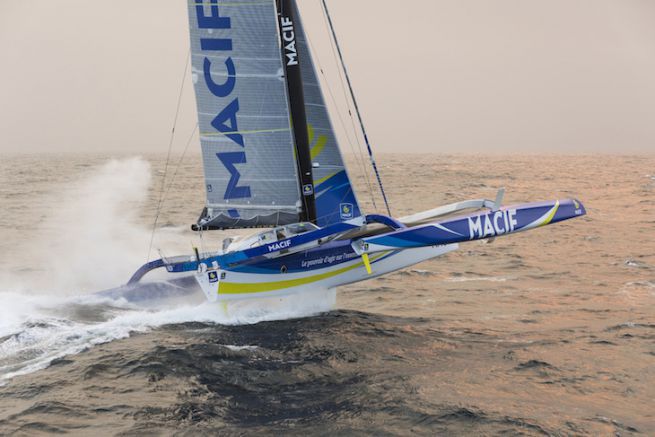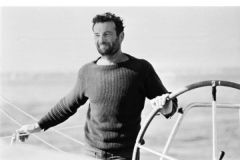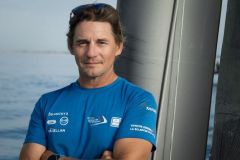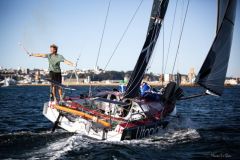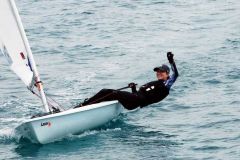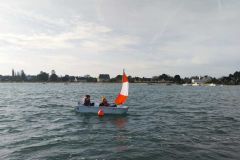François Gabart is fast, with speeds between 30 and 40 knots. In fact, he has spent several hours at over 40 knots (74 km/h) and peaks at 46 knots (85 km/h). Having built up a lead of several miles over Thomas Coville right from the start, he then fell behind the round the world record holder, accumulating a deficit of nearly 170 miles. Indeed, though he was close to 45 knots at the peak and averaging thirty knots as far as the Canaries and had a lead of 120 miles at the entrance to the Doldrums, he was still two days behind after 140 miles at the equator.
The Tropical Convergence Zone (TCZ) which François Gabart had to traverse in more than a day was clearly not favourable, especially as to extract himself from it, the solo sailor had to make a parabola towards the west which brought him close to longitude 34° West in a less favourable position to then overtake the Brazilian coast. In comparison, Thomas Coville was able to swallow this Doldrums almost without slowing down and by exiting on the thirtieth, or nearly 200 miles further East.
It is therefore with a slight delay - but in line with its passage time - that it crossed Ecuador on 10 November 2017.
The skipper of the trimaran Macif took less than six days to reach this symbolic milestone. He crossed the line separating the northern hemisphere from the southern hemisphere after 5 days 20 h 45 min, 3 h 34 behind the reference time of his predecessor (5 d 17 h 11' 52" by Thomas Coville).

" That was one of our starting criteria: we told ourselves that if we had weather that could allow us to reach the equator in 6 days, we should leave. It's a bit disappointing not to break the record, especially as I believed it, but that's life and there's a bigger, better one after..."
Indeed the weather configuration in the Southern hemisphere appears to be very favourable for the rest of this solo round the world... And he's once again clocking up speeds in excess of 20 knots, thereby reducing the deficit to 60 miles...
François Gabart is going to have to nibble away at the miles to pass more than sixty miles from the shores of Recife in order not to find himself in the buffer zone due to the impact of the E'ly tradewinds on the Brazilian relief. This configuration is forcing him to maintain a slightly more SE'ly course in a breeze, which has now stabilised to the East. However, within 24 hours, the trimaran will be able to begin to free the sheets in a wind which will gradually veer NE'ly ahead of Salvador de Bahia, then frankly strengthen by taking on a N'ly component as it approaches Cape Frio: a low is forming off Argentina!
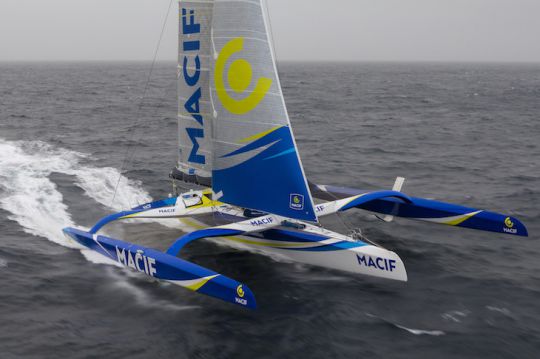
It is this weather phenomenon which can completely reverse the trend in a few hours, as it should then slide towards the Roaring Forties by pushing back the Saint Helena High. By sailing on the back of this low in two days time, François Gabart can very quickly enter the Southern Ocean and cross the longitude of the Cape of Good Hope in less than two weeks, which would then be a superb start to tackling the Indian Ocean and then the Pacific. And this time with a lead of over half a day over the reference time!
